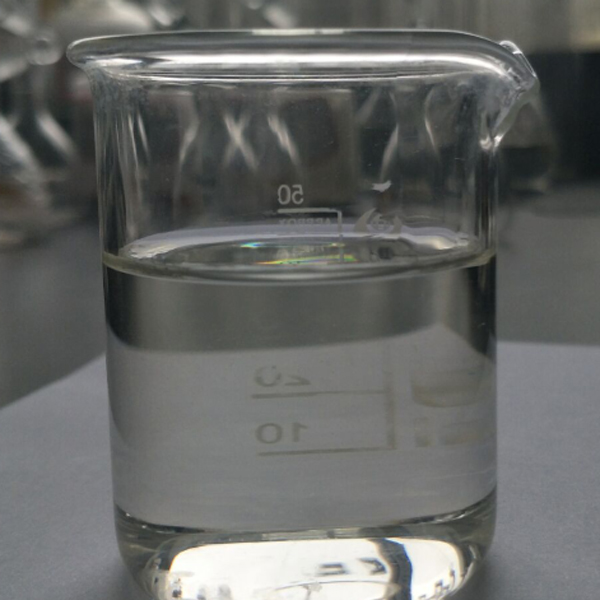
News
ต.ค. . 22, 2024 09:08 Back to list
Aluminium Binding Agents and Their Role in Environmental and Industrial Applications
Aluminium Chelating Agents Importance and Applications
Aluminium is one of the most widely used metals in the world, playing a crucial role in numerous industries, from packaging to aerospace. However, its widespread use has raised environmental and health concerns, particularly regarding its bioavailability and toxicity. Aluminium chelating agents have emerged as significant compounds in managing aluminium's potentially harmful effects. This article explores the importance of aluminium chelating agents, their mechanisms, and their applications.
What are Chelating Agents?
Chelating agents are molecules that can form multiple bonds with a single metal ion. This unique property allows them to effectively trap metal ions, rendering them less reactive. Chelating agents can be classified into two main categories synthetic and natural. The synthetic chelating agents include compounds like EDTA (ethylenediaminetetraacetic acid) and DTPA (diethylenetriaminepentaacetic acid), while natural chelators include substances like citric acid and amino acids.
Mechanism of Action
The primary mechanism of aluminium chelating agents involves the formation of stable complexes with aluminium ions. By binding with these ions, chelators can decrease the metal's solubility, reducing its reactivity and toxicity. The resulting chelated form is usually more excretable, meaning the body can eliminate it more easily. This process is crucial not only in mitigating aluminium’s harmful effects on human health but also in various environmental applications.
Health Implications
Aluminium exposure is linked to several health issues, particularly neurological disorders such as Alzheimer’s disease and other forms of dementia. The accumulation of aluminium in the brain can disrupt cellular functions and lead to neurotoxicity. Chelating agents play a vital role in detoxifying aluminium from the body, thus potentially reducing the risk of associated diseases. Clinical studies have indicated that certain aluminium chelators may improve cognitive function and reduce aluminium levels in patients with elevated exposure.
aluminium chelating agent

One of the widely studied chelating agents is desferrioxamine, originally developed to treat iron overload. It has shown promise in binding aluminium effectively. Another chelator, sodium thiosulfate, has been tested for its ability to reduce aluminium bioavailability. However, the efficacy and safety profiles of these agents must be carefully evaluated through clinical trials before widespread use.
Environmental Applications
In addition to health-related uses, aluminium chelating agents have significant applications in environmental science. They are employed in soil and water remediation efforts to bind and immobilize toxic aluminium in contaminated sites. By reducing the bioavailability of aluminium in the soil, chelators can help mitigate its toxic effects on plants and microorganisms, promoting ecological restoration.
In aquatic environments, aluminium chelators can be used to enhance the detoxification processes in polluted water bodies. They facilitate the precipitation of harmful aluminium ions, transforming them into less toxic forms that can be more easily managed. Such applications are particularly vital in regions affected by industrial waste discharge and acid rain, where aluminium toxicity poses a significant threat to aquatic ecosystems.
Conclusion
Aluminium chelating agents manifest essential properties that make them invaluable in addressing both health and environmental concerns associated with aluminium exposure. Their ability to bind and detoxify aluminium reduces its reactivity and aids in the body’s excretion process, providing potential therapeutic benefits for neurological disorders linked to aluminium accumulation. Furthermore, in environmental applications, these agents contribute significantly to soil and water remediation efforts, thereby enhancing ecosystem health.
As research continues to evolve, the development of new and more effective chelating agents is anticipated. The future of aluminium chelation lies in improving the safety and efficacy profiles of these agents, making them accessible for both medical and environmental applications. Through ongoing studies and innovations, we can hope for a safer and more sustainable approach to managing aluminium, minimizing its detrimental impacts on health and the environment.
-
Premium Water Soluble Micronutrients for Plants – Reliable Supplier & Manufacturer Quotes
NewsJul.05,2025
-
Premium Micronutrients Plant Fertilizer Factory - Best Price & Quotes
NewsJul.05,2025
-
OEM Aluminum Chelating Agent Supplier – High-Efficiency Chelation Solutions for Aluminum Processing
NewsJul.04,2025
-
High Quality Polyaspartic Acid Potassium Salt Supplier Reliable L Aspartic Acid & Iminodisuccinic Acid Salts
NewsJul.04,2025
-
OEM Potassium Oxalate Chelating Agent Manufacturer & Supplier High Purity & Custom Solutions
NewsJun.24,2025
-
OEM Polymer of Aspartic Acid Supplier L & D Aspartic Acid Customization High-Quality, Eco-Friendly Solutions
NewsJun.10,2025
